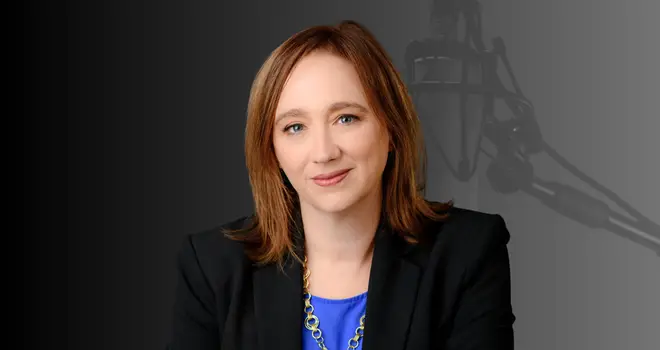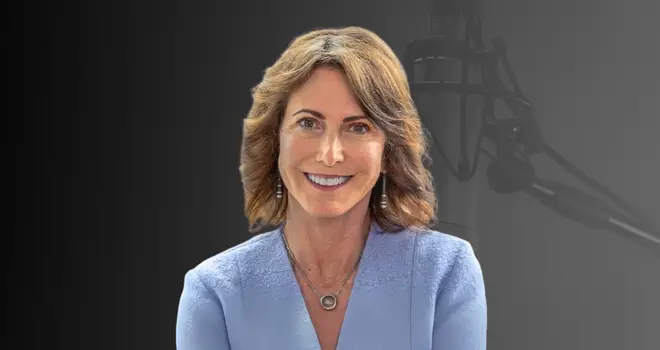I have often discussed my very first experience as a Bay Street economist, which occurred on October 19th, 1987, when I was hired by the Bank of Nova Scotia. Black Monday. In three words or less: mayhem and pandemonium. But a terrific learning lesson for a young budding street economist, the memory of which has always held me in good stead. I followed my superiors, Bill Mackness, Warren Jestin, and Aron Gampel all day long as we moved around the trading floor and through the executive offices. They had ice in their veins, and I had a pit in my stomach. But I learnt fast what it meant to keep a cool head as others lost theirs (thank you, Mr. Kipling).
But it was only the other day that I was asked about my first day on Wall Street. That would have been when Merrill Lynch moved me from Toronto to New York City to head up the North American economics department. That was back in the Fall of 2002, and while the market didn’t collapse 23% in one day, that was still a period of angst and anxiety in the wake of the tech wreck and WorldCom/Enron fiascos. But we were in the process of making an uneven transition from bear market to bull market, as we were in late 1987 as well.
What made my first day at Merrill in New York so special was that it was going to be my first time presenting to the world’s most famous and venerable CIOs and portfolio managers. The first salesperson on the equity desk to take me on a marketing tour through Midtown was Bob Cuillo, arguably the most seasoned and well-respected guy in the trading room. He had the best accounts, or at least a good chunk of them.
I was pumped. At the first meeting, it was me, Bob and the CIO of one of the largest mutual funds in the United States, and about a dozen of his PMs and research staff. All together in a stately board room. I handed out my chart package, and after a quick introduction about myself and my background, I launched in. After spending a minute or two on the first chart, I went to the second one, and the CIO said, “Can you just go back to page one?”. So, I did. I have to admit it was a bit of a convoluted graphic – a side-by-side with two or three lines on each attempting to drive home some causal relationship. Of what exactly, who can remember?
But the CIO just kept asking more and more questions about the relationships. Why I chose the data for the charts. Why I didn’t use a log scale. Why I used “real” instead of “nominal variables”. He had issues with the legends. Every answer I gave was followed by another question to that answer. And this went on and on and on. Forty minutes on one innocuous graph. He seemed very confused, and I don’t think my answers were making things any easier for him. I could feel my heartbeat pounding through my chest and the beads of sweat rolling from my temples. By the time the hour was up, I had made it to page 3 of a 25-page slide show. It was over, and I hardly began.
As I rode the elevator down with Bob, the silence was deafening. We walked to Sixth Avenue to our second meeting, and just before we entered the building, Bob said, “Dave, I have some advice for you”. I said, “What?”. He goes, “At this next meeting, just skip the first chart.”
So, I also learned a valuable lesson on that first day in Manhattan. Keep it simple! And forget about six lines on one page. In fact, as time went on, what I decided to do was bring along a chart package for posterity’s sake and just give a talk. If questions ever arose that a slide could speak to, so be it. But I am happy to report that after day one, I never again failed to get through my entire spiel. Bob, if you’re out there…. thank you!


